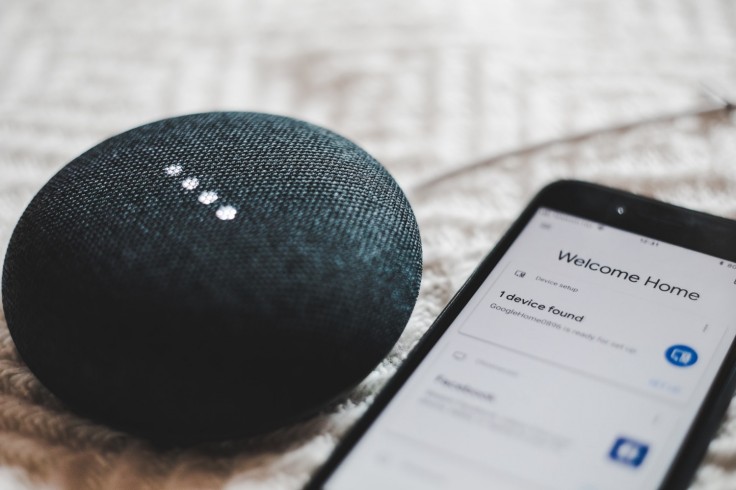
Devices that help transform your house into a "Smart Home" have always seemed like a futuristic idea. Now that it's becoming a reality, Smart Homes offer a lot of conveniences. However, Smart Homes are still, at its core, computers, and computers can be hacked.
Are There Smart Homes Hacking Risks?
A recent report by Which? revealed that Smart devices could be exposed to thousands of scanning or hacking attempts in a single week. When conducting their investigation with the NCC Group and the Global Cyber Alliance (GCA), they created a fake Smart Home in May 2021. Smart devices from televisions to thermostats to smart home security systems and even a smart kettle were fitted in the said test house.
In the first week of testing alone, 1,017 unique scans or hacking attempts from all over the world were observed, with at least 66 being done with malicious intent. In the following month of testing, the fake smart home had 12,807 unique scans and attack attempts done to the smart devices.
There were also 2,435 specific attempts in one week to maliciously log into the smart devices by using weak default usernames and passwords like "admin" as the username and password. That is 14 attempts by hackers to force their way into the devices every single hour the fake Smart House was up, TechRadar reported.
8 Ways You Can Protect Your Smart Home Devices and Yourself
If you really see the appeal or have the need for Smart Devices in your home, there are ways you can protect your devices, your home, and yourself from malicious actors.
8. Consider The Devices You Need
According to PC Mag, consider your comfort level when it comes to balancing convenience with security and privacy. Smart speakers are great, but would you think it's creepy that your Alexa or Google Assistant never sleeps, always listening for your command?
Assess what you really need from a Smart Home, where you need it, and where you draw the line between privacy and convenience.
7. Secure Your Wi-Fi
For your Smart Devices to work "smart," it needs to be connected to the Wi-Fi. Most routers out of the box aren't secured or use generic passwords that make it easy for hackers to access. Give your router a non-identifiable, non-model-specific SSID (Service Set Identifier) so hackers won't easily know it's your Wi-Fi network. Also, secure it with a strong password!
6. Secure Your Devices and Account Passwords
Similar to your Wi-Fi network, take the time to protect your individual devices and services connected to it. As the name suggests, your Wi-Fi network is a network and so accounts and devices connected to it can be accessed by hackers just as easily.
Many smart devices are controlled via mobile apps that require you to set up an account. As convenient as using the same password for everything is, a hacker will see it just as convenient. If one of your accounts is breached and the password is exposed, the hacker basically has a universal key to everything in your home.
PC Mag suggested using a random password generator to produce hard-to-guess passwords and have those passwords saved to a password manager to do all the remembering for you.

5. Two-Factor Authentication
Take your devices' protection one step further by setting up two-factor authentication on all the services that support it. Aside from your really secure, hard-to-guess passwords, the second form of authentication usually done via SMS or a third-party authenticator app will have you input a random six-digit code during every log-in attempt.
This ensures that even if the hacker does get past the hard-to-guess password somehow, they won't be able to log in to your account without that six-digit code.
4. Update the Firmware
Firmware is the low-level software that powers your Internet of Things (IoT) gadgets, PC Mag explained. Companies roll out bug fixes and new features for your devices that usually automatically update when connected to Wi-Fi however some devices still need you to proactively select the "update" button.
Regularly check your devices for these updates and don't ignore them as these updates help to make your devices more secured. Running older firmware versions could leave your devices and your network vulnerable to hackers.
3. Replace Outdated Routers
Your internet performance may not be suffering just yet but how old is your router? An aging router could also mean aging security protocols which can be easy pickings for a hacker.
The newest home internet standard is Wi-Fi 6. Though you don't need to run to the store or call your Internet Service Provider for a replacement right this second, do check that your Smart Devices are compatible with the router and that your router can keep up with the new technology.
2. Split Up Your Networks
In a 2019 warning, FBI stated that your smart refrigerator and laptop shouldn't be on the same network. As good practice, your most private, sensitive data should be on a separate system from your other IoT devices. Hackers usually do not access your fridge to know what your next grocery list is, but they typically want to break into its wireless network to steal important data from your other devices.
Most routers do allow you to create a secondary network for guests and this secondary network can also be used for your Smart Home Devices, creating an extra wall of protection for you and your important information.
1. Monitor Your Network
There are specific devices that monitor your network for vulnerabilities. PC Mag suggested adding a Firewalla to your network, allowing you to see and manage all network devices and their actions. Another option is Bitdefender Box 2 which is more expensive but protects your IoT devices connected to your network and also includes unlimited access to Bitdefender software.
These steps should be able to ensure your Smart Home is a secure home.
Related Article: Bring Your Home Into the 21st Century With These Smart Devices









